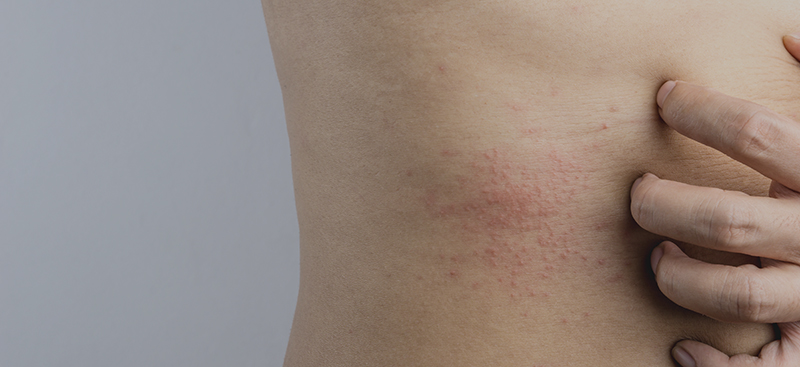Saini S, Shams M, Bernstein JA, Maurer M.
J Allergy Clin Immunol Pract. 2020 Apr 13. pii: S2213-2198(20)30329-9. doi: 10.1016/j.jaip.2020.03.030. [Epub ahead of print]
Chronic urticaria symptoms include itchy wheals, angioedema, or both, caused by the release of histamine, prostaglandin metabolites, leukotrienes, platelet activating factor and other proinflammatory mediators, which in turn lead to vasodilation and extravasation, sensory nerve activation and cellular infiltration.
Chronic urticaria is a common clinical condition that impairs quality of life of people and represent an important health burden. International Consensus guidelines have been published that recommend the use of standard terminology and definitions for different types of chronic urticaria, such as chronic spontaneous urticaria and chronic inducible urticaria. However, there is a lack in the understanding of mechanistic pathways and treatment in some more vulnerable populations, such as children, elderly people and pregnant or lactating women.
40-50% of the patients are effectively treated with monotherapy with a non-sedating H1-antihistamine or 2-4 times the recommended dose of a non-sedating H1-antihistamine. Biologics like omalizumab or immunosuppressants such as cyclosporin are used when patients fail to respond to simpler treatments. There is evidence that omalizumab can be safely used in the vulnerable populations, however cyclosporin has a greater toxicity and is not appropriate in these populations.
Additional therapies for vulnerable chronic urticaria patients are needed.





